Hello everyone! I’m Gab and today I bring you a special topic: Italy. This country has a unique magic that I’ve had the pleasure of experiencing in my travels. From the bustling streets of Rome to the serene beauty of the Amalfi Coast, Italy is a collage of experiences, flavors and landscapes that capture the heart of any traveler.
My Italian adventure began with a group of friends from Quebec, exploring iconic cities such as Rome, Florence, Venice and Pisa. But it was in Sicily where I really fell in love with Italy. Driving from Naples to this corner of the Mediterranean was an experience that defined my love for the country. Here, on the western tip of Sicily, I found my place in Italy: between kite surfing at Los Pagnone and sunsets in Marsala and Trapani, I felt at home.
In this blog, I will share with you my experiences, tips and anecdotes from my travels in Italy. From the cultural differences between the north and the south, to the culinary delights you can’t miss, this blog is a personal journey through one of the most enchanting countries in the world.
So join me on this journey through Italy, where every corner has a story and every dish a tradition. Let’s start this adventure together!
My Experience in Italy
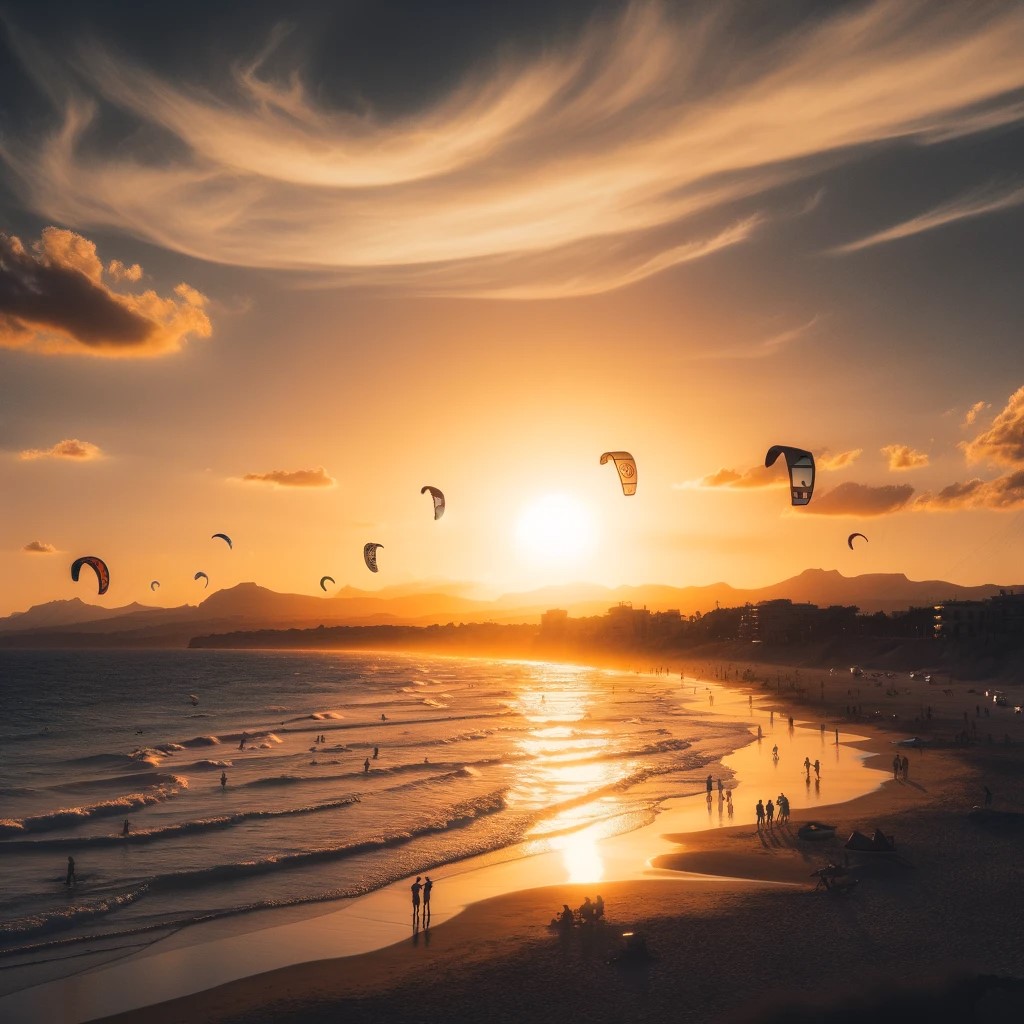
On my trip to Italy, I had the opportunity to explore this beautiful country in a unique way. Driving from Naples to Sicily was an eye-opening experience. Italy had always enchanted me, but I had never found a place in the country that really felt like home until this trip.
It was on the Sicilian coast, specifically on the western end, that I fell completely in love with Italy. There, in Los Pagnone, a place that is more of a road than a town, located between two medium-sized towns, including Marsala, I discovered a magical place. This corner is special not only for its breathtaking sunsets, but also for being an excellent kite surfing spot. The natural beauty, vibrant culture and charm of local life captivated me in a way I had never experienced before.
Every turn in the road revealed new wonders, from breathtaking views to quaint villages full of history and tradition. This part of my trip was not only an adventure, but also a search for a place I could call home in Italy. And boy, did I find it.
Where is Italy?
Italy, this fascinating country that I have explored with so much enthusiasm, is located in Europe. But it’s not just its geographic location that makes it special. Italy sits at a unique point where two tectonic plates meet, resulting in remarkable geological activity, including volcanoes.
This geological feature of Italy has had a profound historical impact, as evidenced by the tragic story of Pompeii, a city that was devastated by the eruption of a volcano in an instant. In addition, the diversity of its landscape ranges from the breathtaking mountains of the Italian Alps in the north to the serene Mediterranean coasts in the south.
Italy is not just a place on a map; it is a mosaic of histories, cultures and nature, where each region offers a unique experience rich in tradition. From the majesty of the Alps to the vibrant energy of cities like Rome and Venice, Italy is a country that deserves to be explored in all its complexity.
What is the best time to visit Italy?

The best time to visit Italy is a topic that many travelers wonder about. After my experiences, I can tell you that the ideal time is just before or just after summer.
During these periods, the weather is pleasant, not too hot, which makes it perfect for exploring the cities and enjoying the beaches. In addition, these times are less crowded compared to the peak of summer, which means fewer crowds at tourist sites and a more authentic experience of Italian life.
Visiting Italy just before or after summer also offers the opportunity to see the country in a state of transition, with spring bringing flowers and green landscapes, and autumn offering a show of warm colors in nature. This is the chance to enjoy Italy at a more relaxed pace, soaking up its culture, cuisine and beauty without the hustle and bustle of the high season.
Is Italy cheap to visit?
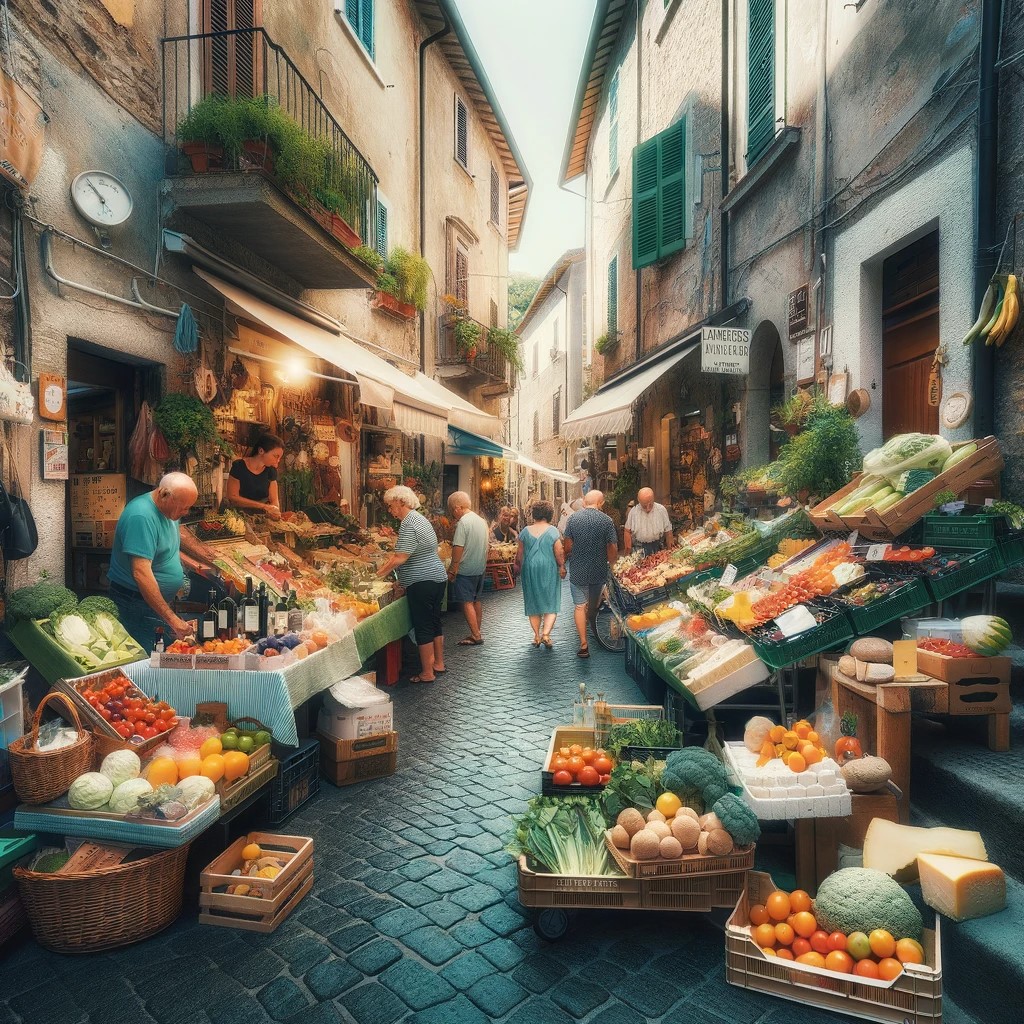
When it comes to visiting Italy, the question of whether it’s cheap or not can be a bit tricky. Based on my experience, I’d say it depends on what you’re looking for.
Food, for example, is relatively inexpensive. You can eat well without spending a fortune, especially if you opt for local options rather than touristy restaurants. Also, grocery stores in Italy are often surprisingly cheaper than in countries like Canada, which is a big plus if you prefer to cook your own meals.
Public transportation in Italy is also acceptable in terms of cost, making it easy to get around the country without a large outlay. However, there are aspects of travel that can be expensive, such as accommodation in tourist towns or car rental. You will also find a wide range of restaurant prices, from budget options to high-end establishments.
In short, Italy can be an affordable destination if you plan well and make smart choices about where to eat, how to get around and where to stay. With a little research and flexibility, you can enjoy the beauty and culture of Italy without breaking the bank.
What is Italy best known for?
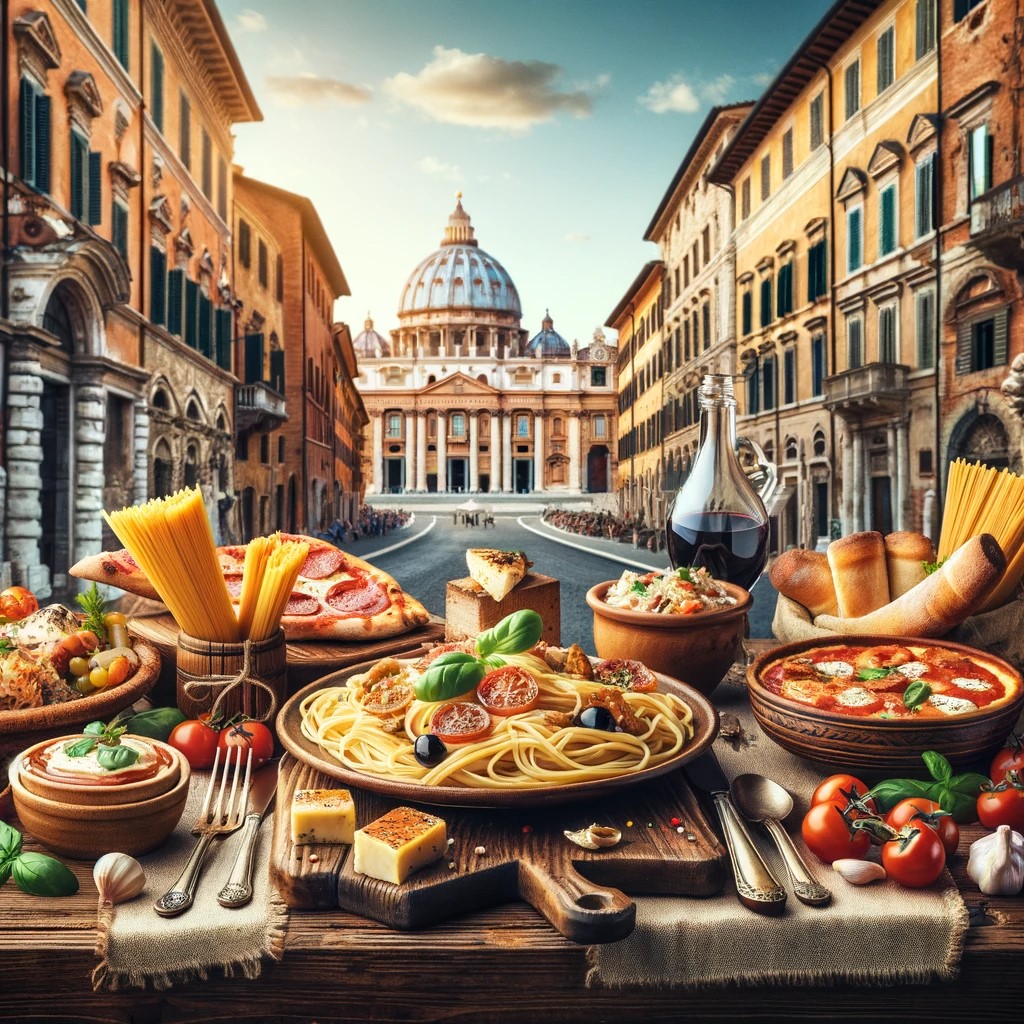
Italia es mundialmente famosa por varias razones, pero si hay algo que realmente destaca, es su comida. La cocina italiana es conocida y amada en todo el mundo, y platos como el spaghetti y la salsa de tomate son sinónimos de la gastronomía italiana. La pasta, en particular, podría considerarse uno de los platos más consumidos en Occidente.
Pero Italia no es solo comida. También es conocida por su rica historia y patrimonio cultural. La influencia del Imperio Romano es visible en todo el país, desde las ruinas antiguas hasta las contribuciones a la ley, la política y la cultura que todavía se sienten hoy en día. Además, Italia ha sido un centro de arte y arquitectura, hogar de algunos de los artistas y arquitectos más renombrados de la historia.
En resumen, Italia es famosa por su incomparable cocina, su rica historia, su arte y arquitectura impresionantes y, por supuesto, su hermoso paisaje, desde las soleadas costas hasta las majestuosas montañas.
What are the 3 traditional italian foods you must Try?

Italian gastronomy is rich and varied, but if I had to choose three traditional dishes that you simply must try, they would be the following:
Meatballs with Tomato Sauce:
Forget about pasta for a moment and focus on meatballs. In Italy, meatballs are a culinary masterpiece, juicy and cooked in a fresh and rich tomato sauce. It’s a simple but deeply satisfying dish.
Pizza:
Although it may sound cliché, pizza in Italy is a completely different experience. Forget the Americanized versions; in Italy, pizza is thin, crispy and served with a variety of fresh, local toppings that elevate this dish to a new level.
Burrata:
This cheese is heavenly. Imagine fresh mozzarella, but when you cut into it, you discover a creamy, rich center that is simply delicious. Burrata is perfect in salads, spread on crusty bread or simply enjoyed on its own.
Each of these dishes represents the simplicity, freshness and flavor that define Italian cuisine. They are flavors that tell the story of a culture and culinary tradition rich in history and passion.
What are the yop 3 things I like about Italy?

Reflecting on my experiences in Italy, there are three things that really stand out and make this country so special to me:
The Landscape:
Italy offers a breathtaking and diverse landscape. From the majestic mountains and the cities built on them, to the rocky coastlines with picturesque villages hanging over the sea. The Italian landscape is a sight to behold and a treat for the soul. I will never forget the views of the mountains and the cities that seem to defy gravity with their construction on cliffs.
The Italian Alps:
Although I have not yet had the opportunity to see them, the Italian Alps are a part of the Italian landscape that intrigues me greatly. These mountains are known for their breathtaking beauty and for being an ideal destination for nature and sports lovers.
The Architecture and Design of the Cities:
Despite the chaos and noise sometimes found in Italian cities, there is an unmistakable beauty in the architecture and urban design. From cobblestone streets to historic buildings, there is a cultural and aesthetic richness that makes walking through these cities a unique experience.
Italy is a country that leaves a lasting impression, not only for its natural beauty but also for the way its history and culture are woven into the landscape and architecture.
What Is 1 Thing That I Dislike About Italy?
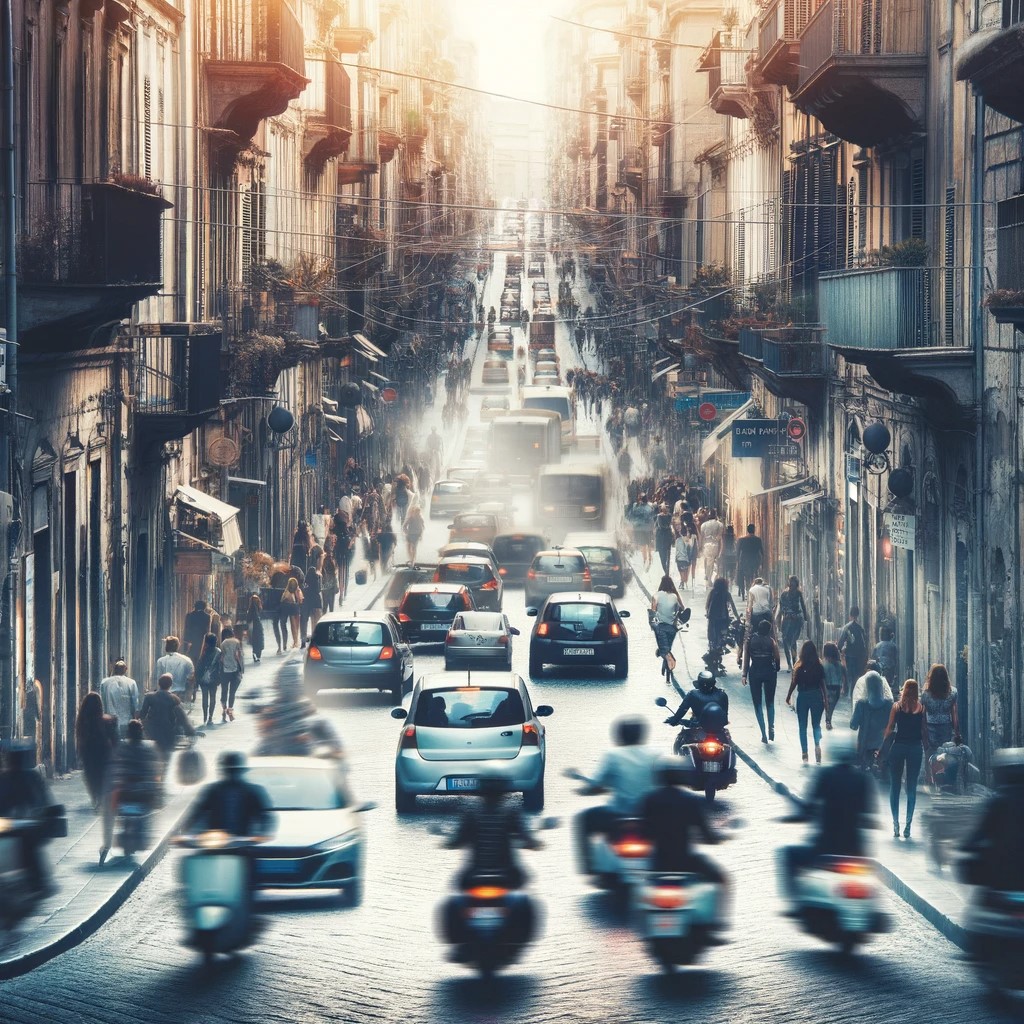
Although I love many aspects of Italy, there is one element that I am not so enthusiastic about: the chaos and noise in the cities. This aspect can make walking through Italian cities not always a pleasant experience.
Italian cities, especially the larger ones, are often bustling and chaotic. The traffic can be heavy, the streets narrow and crowded, and the noise constant. This contrasts sharply with the serenity of the Italian countryside or the tranquility of its small towns and villages.
While this chaos has its own charm and is part of Italy’s vibrant character, I personally find it can be a bit overwhelming at times, especially when you are looking for a moment of peace or a more relaxed experience.
What is it like driving around in Italy?

Driving in Italy offers a unique and, in my opinion, quite satisfying experience. The quality of the roads and the signage on the highways are excellent, making long trips comfortable and enjoyable. Most drivers respect the speed limits, and traffic usually flows well on the highways.
However, the situation changes when you get into cities, especially those with a long history. Many of these cities were built more than 2,000 years ago, with streets designed for the size of horses, not modern automobiles. Driving an SUV or any large vehicle on these narrow streets can be a challenge, as it often feels like you are maneuvering around a fort.
Smaller towns, with populations between 5,000 and 20,000 people, offer a more relaxed and charming driving experience, allowing you to enjoy the picturesque scenery and architecture without the stress of heavy traffic.
In short, driving in Italy can be a dual experience: smooth and comfortable on the highways, but potentially challenging in the historic towns.
What is the best transportation method in Italy?
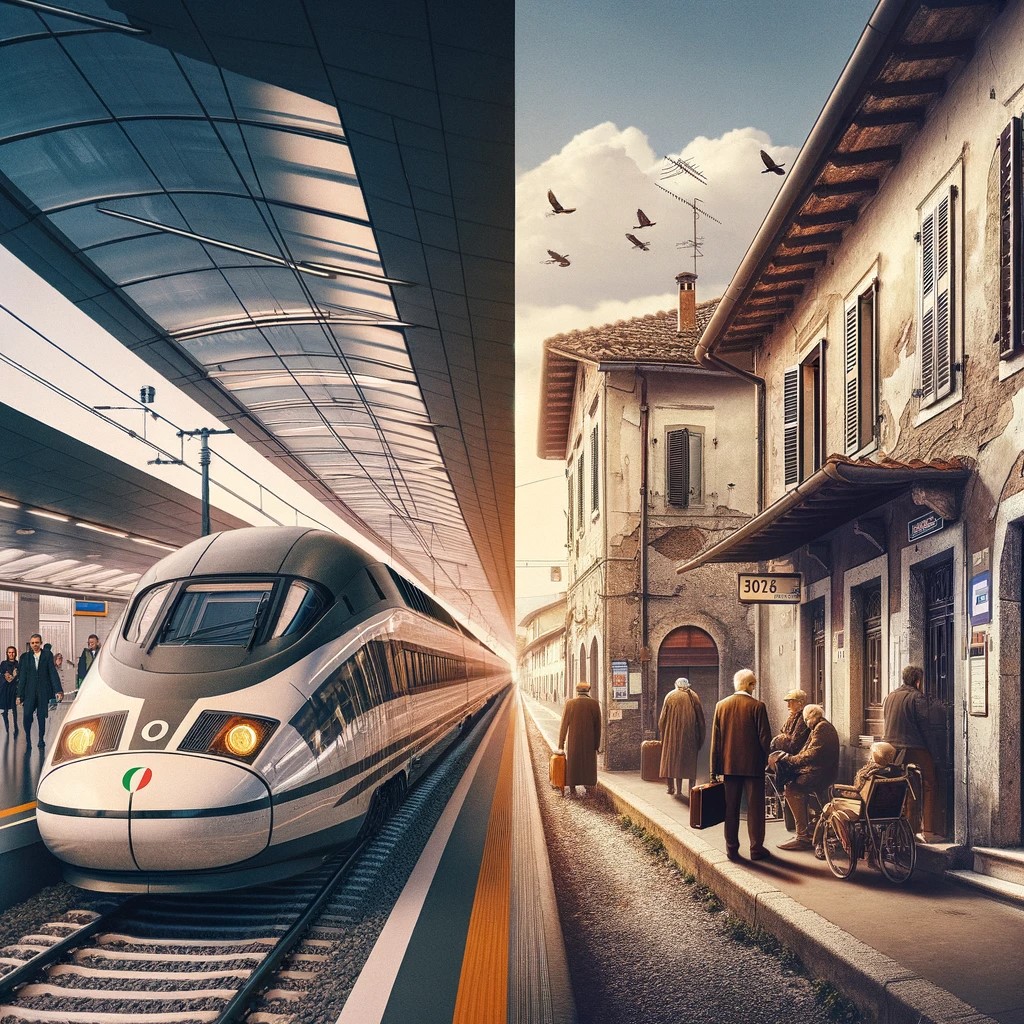
When talking about the best method of transportation in Italy, my answer would undoubtedly be the train. The rail network in Italy is extensive and reaches even the smallest towns and villages. This connectivity makes traveling by train a convenient and efficient option for exploring the country.
Italy offers a variety of rail services, from modern, fast, high-speed trains to older, local trains that can be slower. High-speed trains, such as the Frecciarossa or Italo, connect major Italian cities quickly and comfortably, offering an enjoyable travel experience.
However, it is important to note that not all trains are the same. Some of the local trains may be older and less comfortable, and their journeys may be slower. Despite this, the train is still a great way to see the country, allowing you to relax and enjoy the scenery without the worries of traffic or finding parking.
In short, the train is probably the best option for traveling in Italy, especially if you plan to visit several cities and want to enjoy the journey as much as the destination.
Should someone go visit a vineyard in Italy?
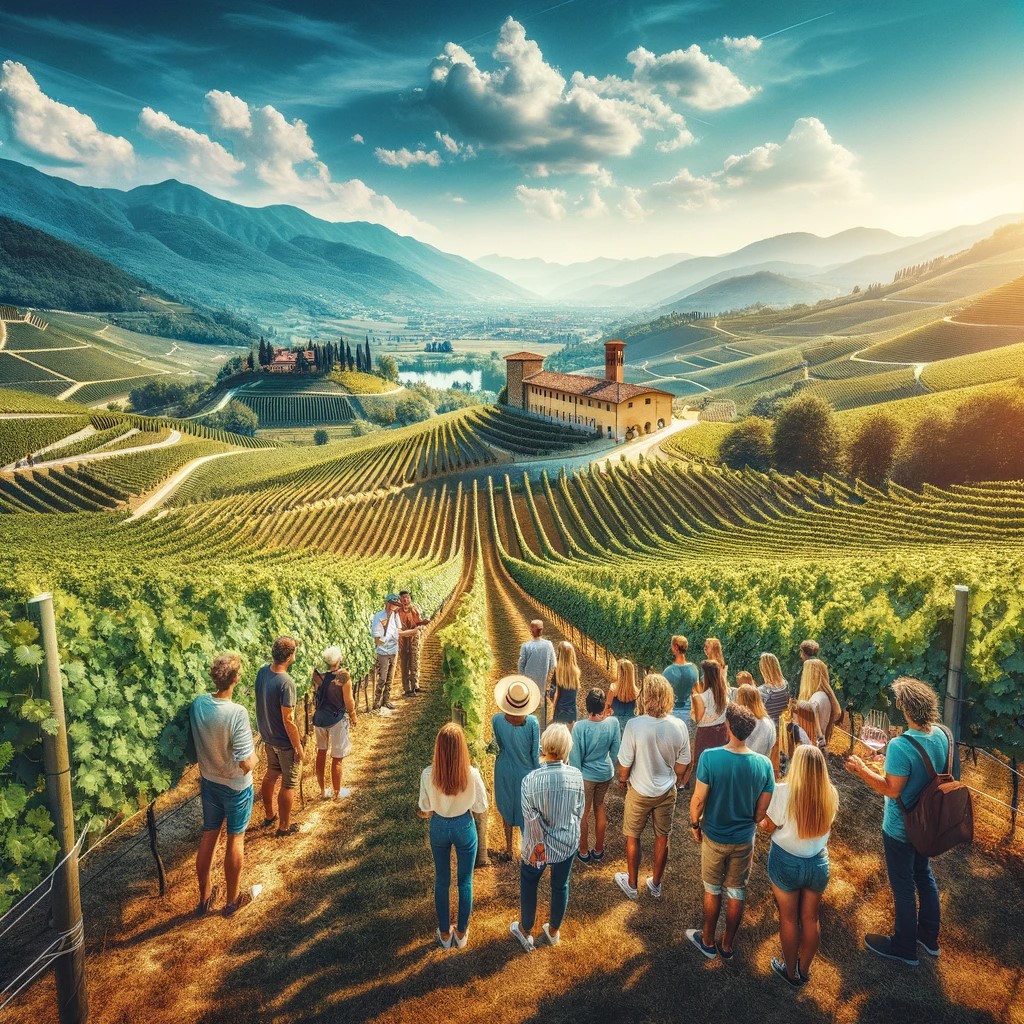
Visiting a vineyard in Italy can be an incredibly enriching experience and, in my view, is definitely worth it. While it is possible to enjoy Italy without visiting a vineyard, as I did on my first four trips, a visit to a vineyard can add a unique dimension to your Italian experience.
On my last visit to Italy, I had the opportunity to visit a vineyard, something I hadn’t initially planned, but ended up being one of the most memorable parts of the trip. Strolling through the fields, learning how grapes are cut and understanding the winemaking process provides a fascinating and authentic perspective on Italian culture.
In addition, the vineyards offer the opportunity to meet the people behind the wine, understand their passion and dedication, and, of course, taste exceptional wines in an enchanting setting. This personal experience has made me more open to the idea of visiting vineyards on future trips to Italy.
Do people speak english in Italy?
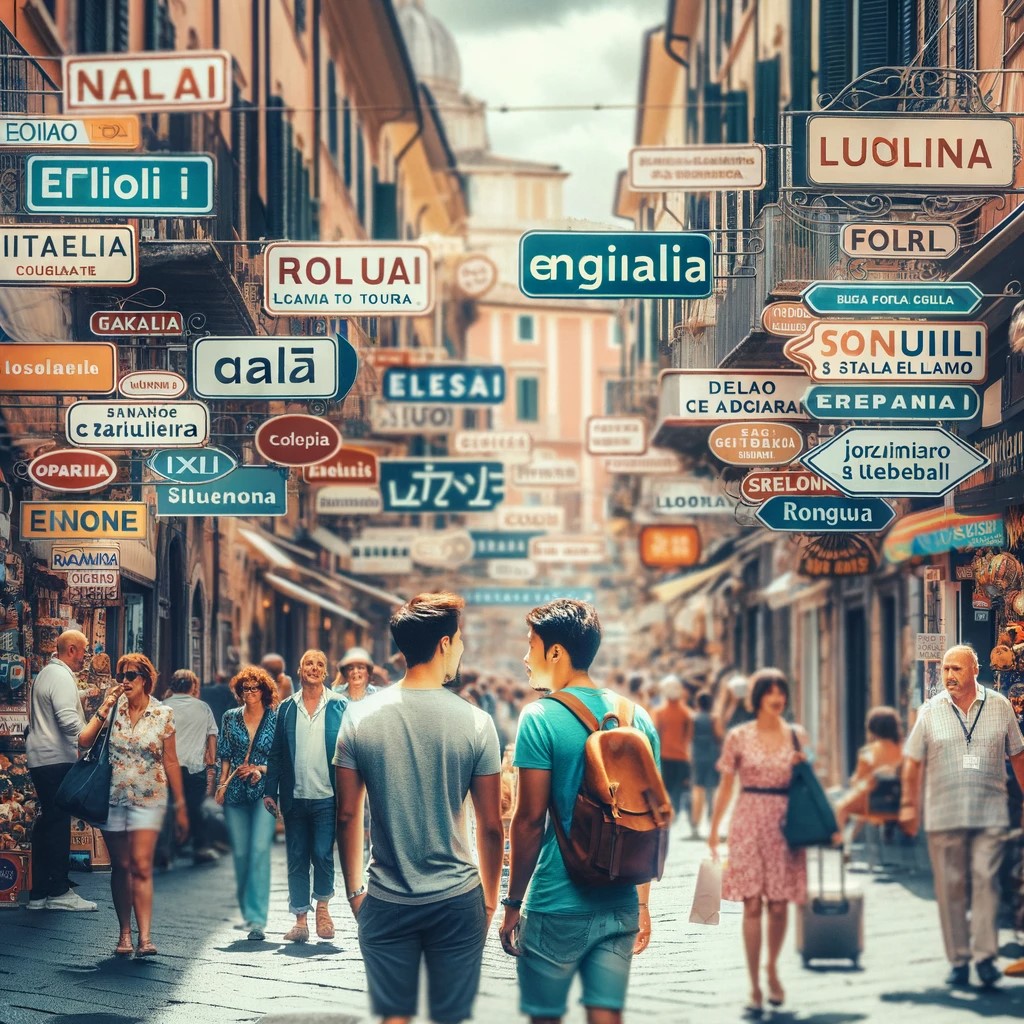
The answer to whether people speak English in Italy is a bit of a mixed bag. Yes, you will find that many people in Italy can communicate in English, especially to give basic directions such as “turn left” or “turn right”. In tourist areas and among the younger generations, you are more likely to find people who are fluent in English.
However, the ability to carry on deep and meaningful conversations in English can vary. About half of the people you encounter may be able to do so. But the other half may have limited knowledge of the language or prefer not to use it.
It is important to keep in mind that, as in many countries, English proficiency may depend on location. In large cities and tourist destinations, English is more commonly spoken, while in rural areas and smaller towns, it may be less prevalent.
Do you need a Visa to travel to Italy?
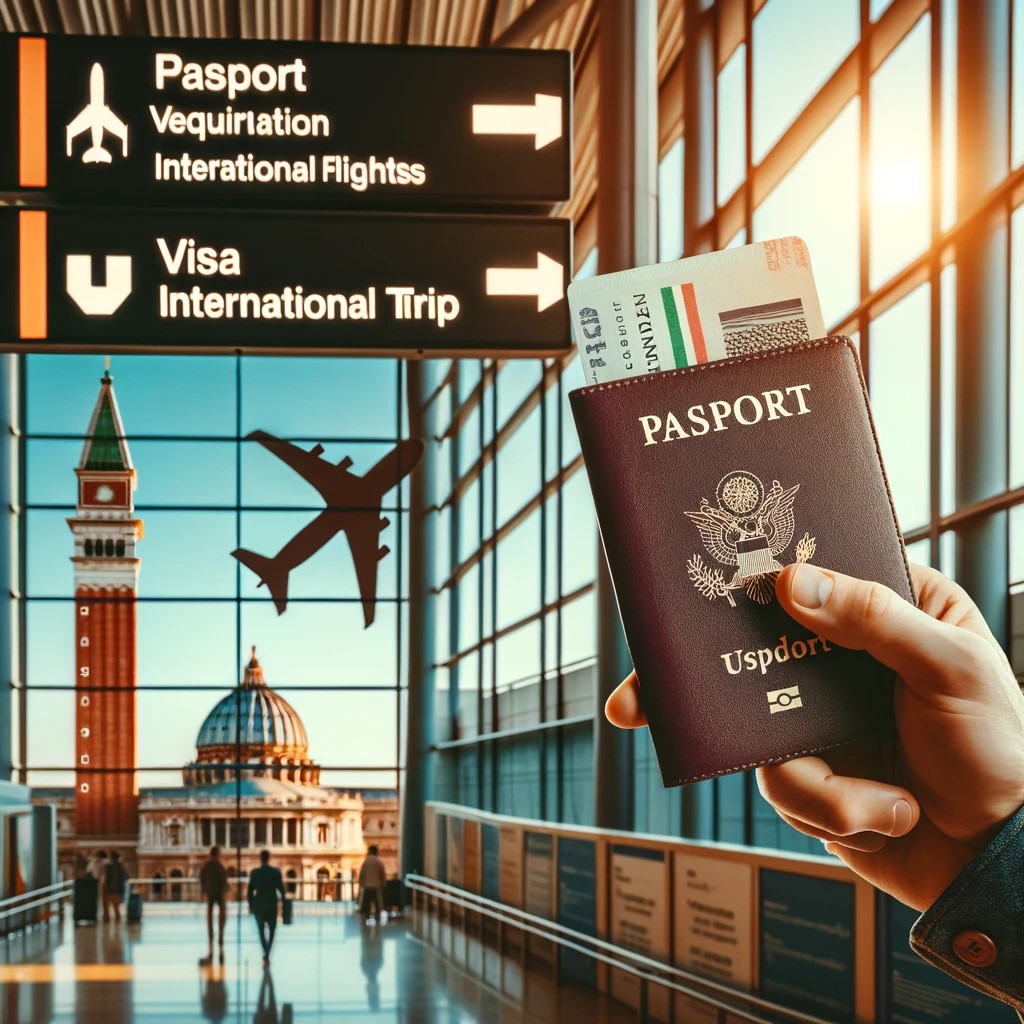
The need for a visa to travel to Italy depends on your country of origin. As a Canadian, for example, I do not need a visa to visit Italy for tourism. I have a stamp in my passport that allows me a 90-day tourist stay within a 180-day period. This means I can stay in Europe for three months, leave for three months and then return for another three months.
However, this rule is specific to Canadian citizens and may vary for other countries. Therefore, I recommend that you visit your country’s official website or the Italian embassy website for accurate information on visa requirements for your specific nationality.
It is important to remember that visa regulations can change and vary by nationality, so it is always best to check for the most up-to-date information before planning your trip.
What Is my best memory of Italy?
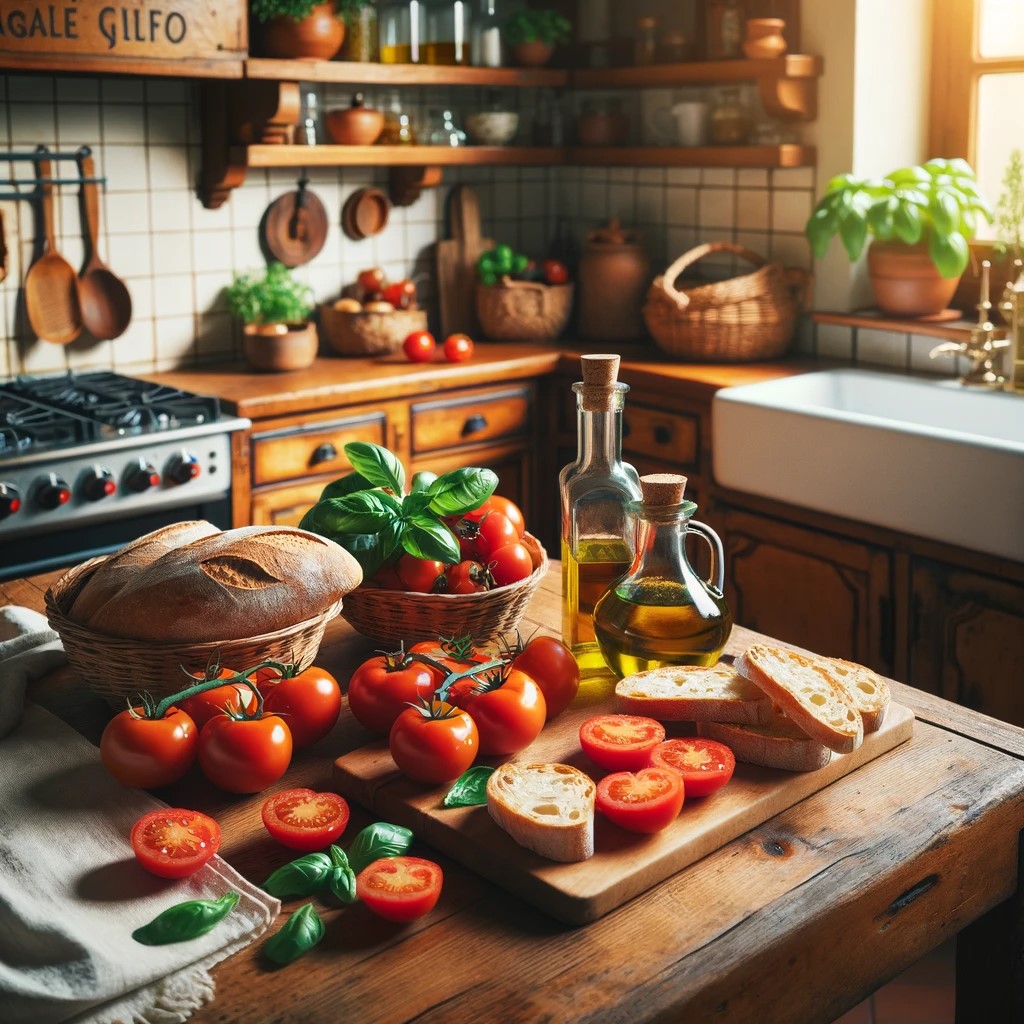
My best memory of Italy is undoubtedly a very personal and special culinary experience. It was during a stay in a small house we had rented in Lost Agnone. Here, I had the opportunity to cook and experiment with Italian cuisine in a very intimate and authentic way.
One of the evenings, I prepared bruschettas, a simple but delicious dish. This experience was particularly memorable not only because of the taste of the food, but also because it marked the beginning of my YouTube adventure, where I began to explore and share my passion for cooking.
This memory stands out not only for the food itself, but also for what it represented: a moment of connection with Italian culture, an opportunity to create and share, and the beginning of a new chapter in my life. It is a memory that makes me smile and fills me with nostalgia, and perfectly exemplifies the impact Italy has had on my life.
Is the south of Italy very different from the north?
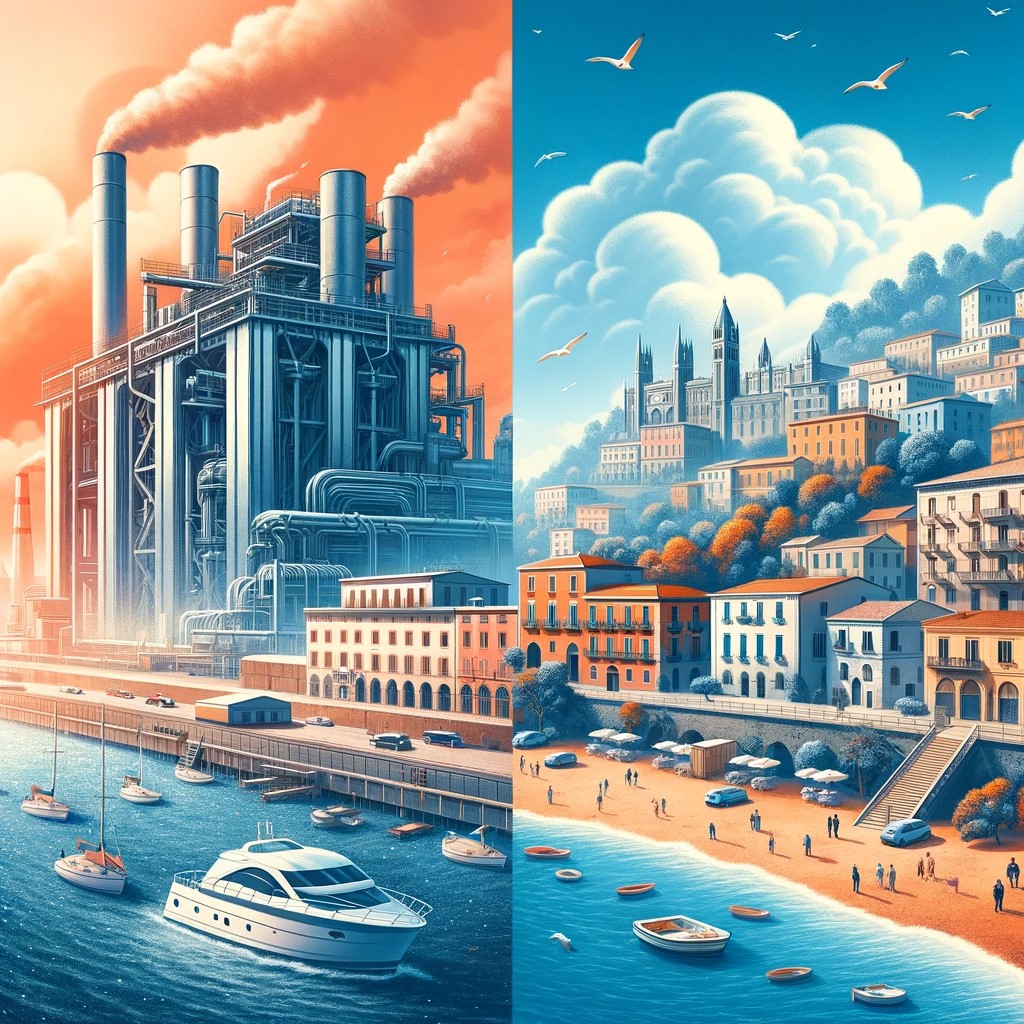
The difference between northern and southern Italy is quite remarkable, to the point that they could almost be considered as two different countries. Here are some of the key differences:
Economic and Developmental: Northern Italy is known for being wealthier and more developed, with a strong presence of industries and a more robust economy. In contrast, the south is generally poorer, with less advanced economic development and infrastructure.
Climate and Landscape: The climate in southern Italy is significantly warmer, which affects both lifestyle and landscape. Southern cities tend to have a different architectural character, adapted to the higher temperatures and intense sunlight.
Lifestyle and Culture: There is also a notable difference in lifestyle and culture. Southern Italy is famous for its relaxed approach and rich cultural tradition, while the north is more dynamic and modern in its approach.
Despite these differences, both northern and southern Italy have their unique charm and offer distinct and enriching experiences for visitors.
How do you get to sicily?
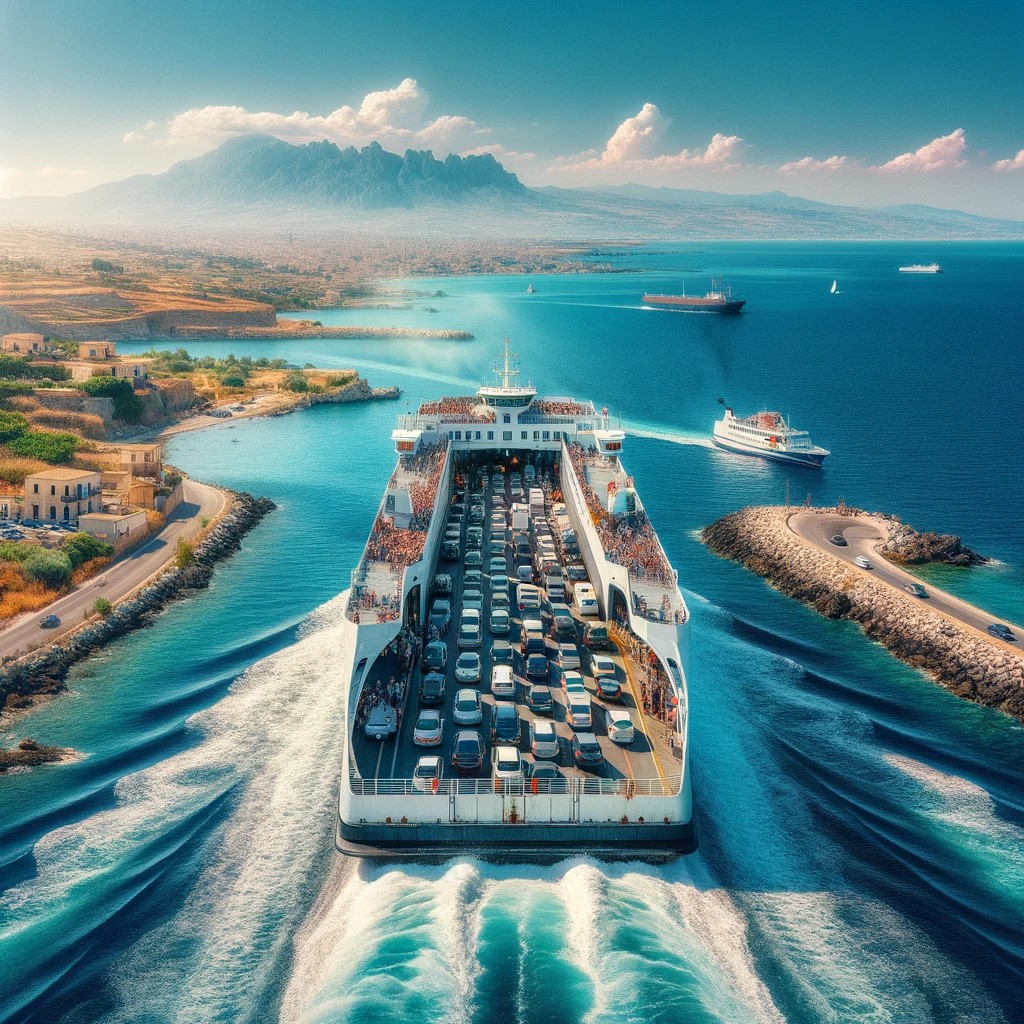
To get to Sicily, one of the most common and picturesque ways is to take a ferry. This trip is made from the tip of Italy’s “boot” to Sicily. The ferry ride is fairly short, usually no more than 30 minutes, and is an experience in itself, offering breathtaking views of the sea and coastline.
This option is particularly convenient if you are traveling by car, as it allows you to bring your vehicle to the island. Although there is no bridge connecting Sicily to the mainland, ferry service is frequent and efficient, making travel easy and enjoyable.
Traveling to Sicily by ferry gives you the opportunity to experience the transition from the Italian mainland landscape to the unique charm of the island, marking the beginning of a new adventure in this jewel of the Mediterranean.
How to plan your trip to Italy?
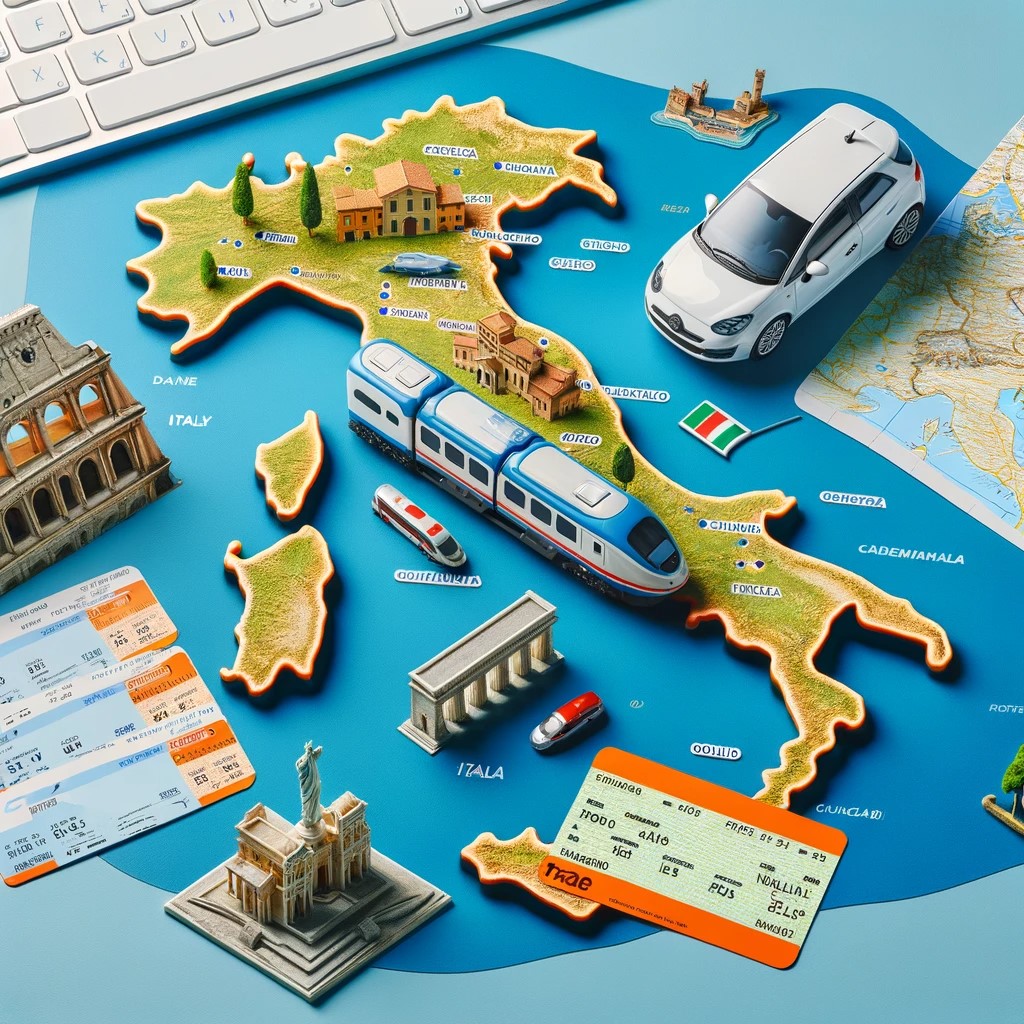
Planning a trip to Italy can be as structured or as spontaneous as you prefer. Personally, I’m more the type of traveler who prefers to go to Italy without a detailed plan. Here are some suggestions based on my experience:
Accommodation and Food:
Italy is a large country with a plethora of accommodation and restaurant options. You will have no trouble finding a place to sleep or eat, which facilitates a more relaxed and flexible approach to planning.
Explore by Car:
A great way to experience Italy is to rent a car and drive around the country. This gives you the freedom to explore at your own pace and visit places that might be less accessible by other means.
Travel by Train and Bus:
Another option is to travel as I did on my first trips, using the train and bus. This method is also very efficient and allows you to experience the country from a different perspective.
Regardless of how you decide to plan your trip, Italy is a country that lends itself to both planned adventure and spontaneity, with its rich culture, beautiful scenery and delicious cuisine just waiting to be explored.
Conclusion
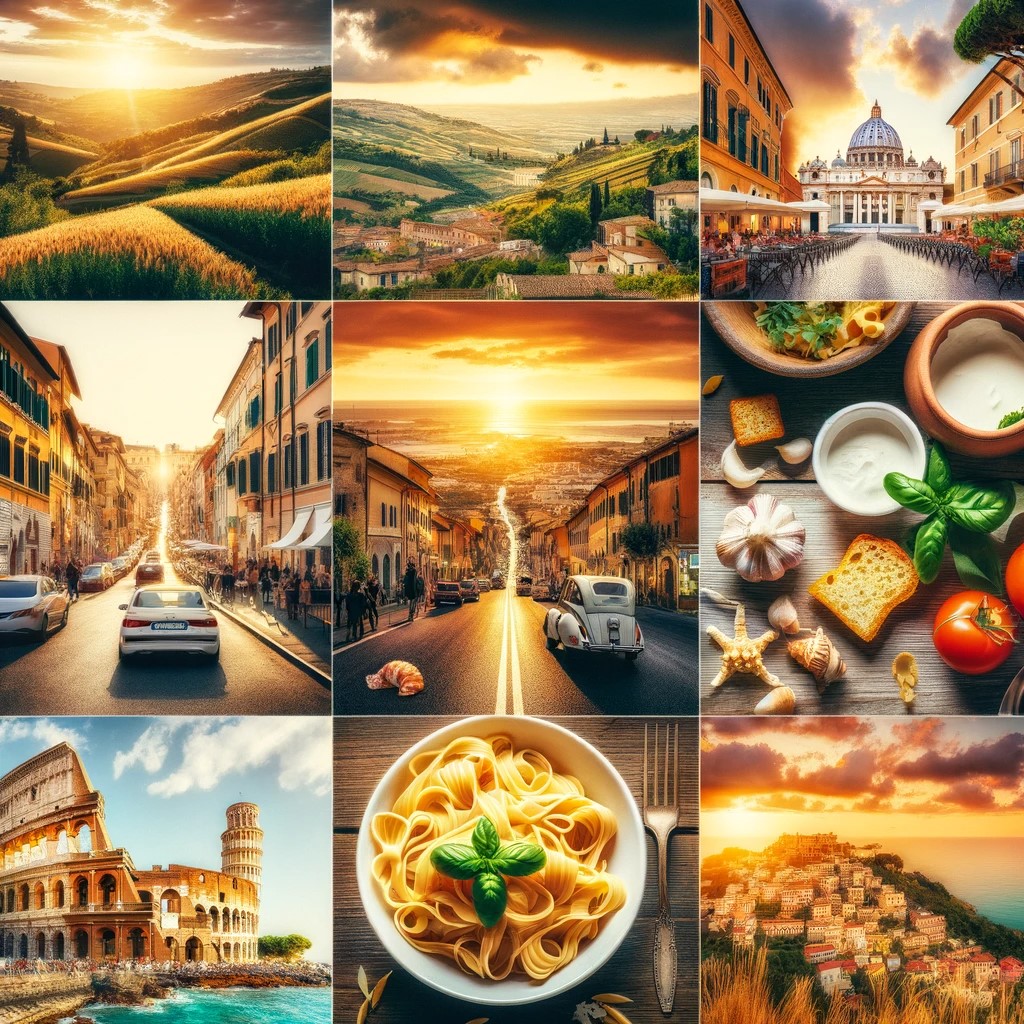
As I reflect on my trip through Italy, I am overwhelmed by the wealth of experiences and memories I have accumulated. From driving through the rolling hills of Tuscany to tasting authentic Neapolitan pizza, every moment has been a revelation.
Italy is a country of breathtaking contrasts, where ancient history meets modernity, and where each region has its own distinctive character. Whether touring the countryside in a rented car, sailing to beautiful Sicily, or simply strolling the vibrant streets of its cities, Italy offers endless adventure.
This trip has taught me that Italy is not just a destination, but an experience that is lived and felt. From its picturesque landscapes and rich culinary culture to the warmth of its people, Italy leaves an indelible mark on the heart.
In short, Italy is not just a place to visit, but a place to experience, love and remember. Each visit is a new chapter in a never-ending story of discovery, taste and beauty. And I can say, without a doubt, that there will always be a reason to return.
Until next time, Italy!
I invite you to visit my previous post: How to move to Mexico – our experience.